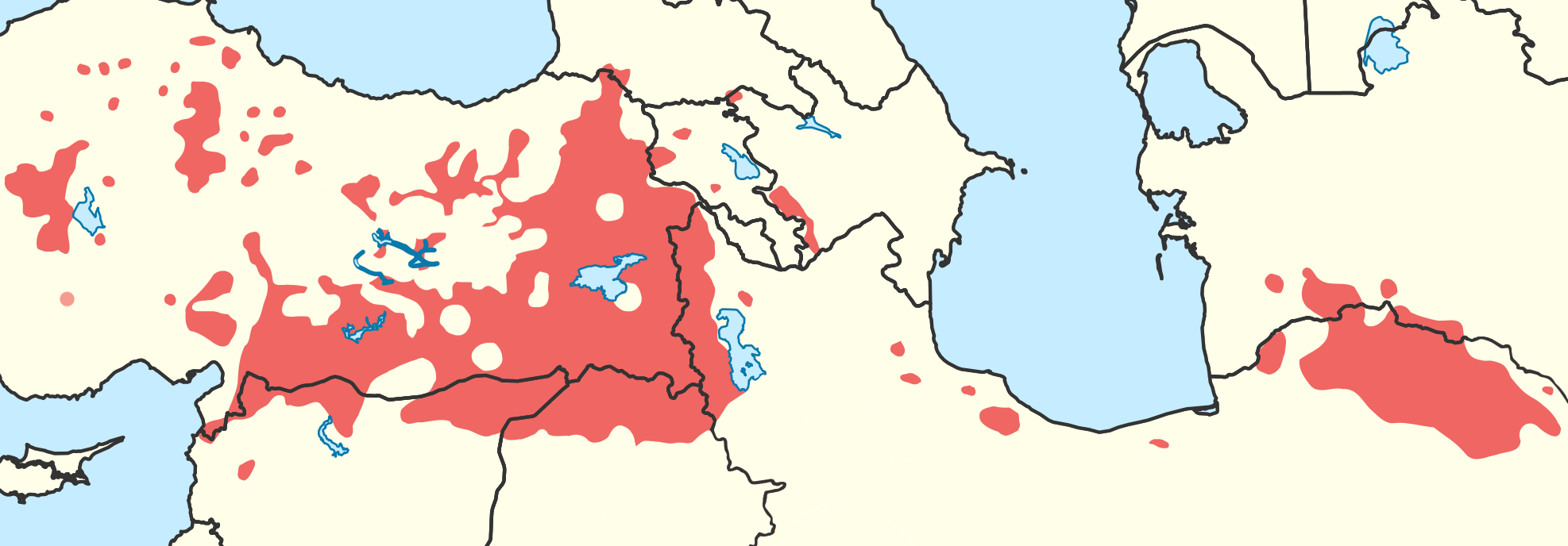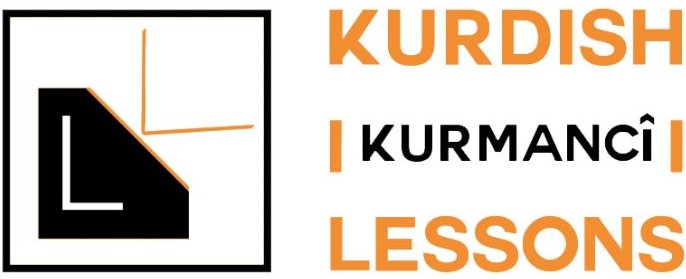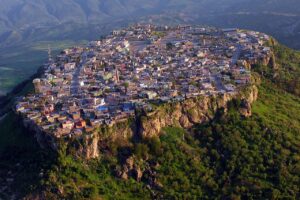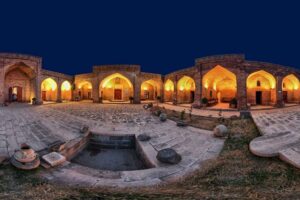
Kurdish Language: Its Origins, Geographical Reach, and Sociolinguistic Influence
Kurdish Language
The Kurdish language stands as a fascinating testament to linguistic diversity within the Iranian and Indo-European language families. Unraveling its roots, distribution, and social impact sheds light on this intricate linguistic tapestry.
Origins and Affiliations
Kurdish, a Northwest Iranian language, shares deep-rooted connections within the Indo-Iranian branch of the Indo-European language phylum. Its closest ties are with Persian and several transitional varieties spoken along the Iraq-Iran border. This linguistic bond extends to dialects like Hawrami, Gurani, Luri, and others, as well as Dimli (Zazaki), dispersed within Kurdish-speaking areas.
Geographical Reach
Tracing its geographical spread unveils a traditional Kurdish-speaking region spanning from eastern Anatolia in Turkey to Iran’s Urmia region. Encompassing northeastern Syria, Iraqi provinces, parts of Iran, and even diaspora communities across Lebanon, Georgia, and Western Europe, it showcases the diverse footprint of the Kurdish language.
Sociolinguistic Landscape
Understanding the sociolinguistic backdrop of Kurdish-speaking regions reveals the complex interplay between the language and public life. Despite being the principal language in various sectors, historical restrictions on Kurdish usage have prevailed, especially in education and media. Recent relaxations in some areas have allowed for Kurdish literary movements to emerge in different dialects and scripts, fostering a deeper cultural connection.
Structural Dynamics
Delving into the structural dynamics of Kurdish unveils a rich tapestry of morphosyntax diversity. Variances between northern and southern dialects showcase distinctions in gender, cases, articles, and plural markings. The language’s vocabulary borrows from Arabic, Persian, and Turkish, enriching its linguistic landscape.
Kurdish, with its unique typological development, remains a language in flux, embracing influences from neighboring languages while retaining its distinct identity. This linguistic richness, shaped by historical, geographical, and sociocultural factors, marks Kurdish as a vibrant thread in the fabric of global languages.



